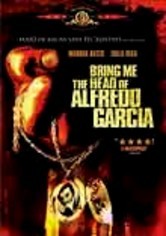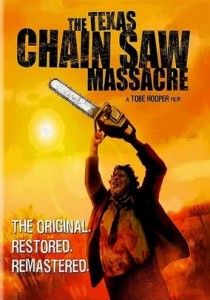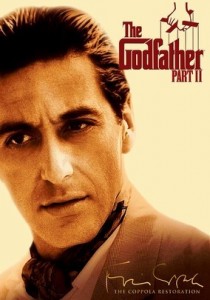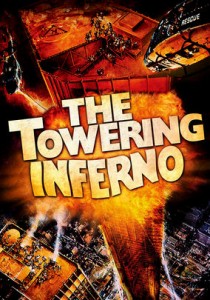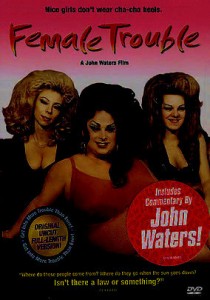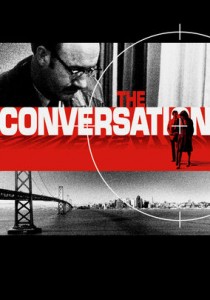Mahler-1974
Director Ken Russell
Starring Robert Powell, Georgina Hale
Scott’s Review #1,404
Reviewed October 15, 2023
Grade: A
Anyone brave and open-minded enough to expose themselves to a Ken Russell film is in for an experience in great cinema. The British director frequently fuses music, odd visual sequences, and vivid colors into his art.
There is a specific mood one must be in to flourish in the moment and the dream-like perplexities of a film of this ilk but the result will be an appreciation for creativity in filmmaking.
My personal favorite Russell film, and I’m still getting my feet wet in all things Russell, is Women in Love (1970) followed by The Devils (1971), a journey into madness.
Hardly straight-laced, Mahler (1974) conceptualizes the music of the famous Austro-Bohemian composer and delves into the life and times of the man.
Gustav Mahler (Robert Powell) is returning to his home in Vienna, Austria following a stint conducting at the Metropolitan Opera in New York. Traveling via train with his wife, Alma (Georgina Hale) he reflects on pivotal moments in his life.
Mahler dwells on memories of his overbearing father, of his once powerful but now failing relationship with Alma, and of the anti-Semitism that forced him to convert to Catholicism.
A garish sequence also reveals the death of his child.
A side story on the train features Alma’s lover, Max (Richard Morant), also on the train, urging her to leave Mahler and get off with him a couple of stops before Vienna.
Russell shifts time quite often so that at first it’s tough to figure out what is happening and more specifically if events are in the past or the future.
But once acclimated it’s easy to reflect on the stages of life and the various players. Better still is to ruminate about the happenings after the credits have rolled.
The best films require some ponderance after they end rather than simply forgetting them fifteen minutes later and Mahler is one of those films.
Knowing Russell, (has anyone seen The Devils?), he sometimes incorporates religion into his work. Mahler, a Jew, is forced to relegate his religion to get his work showcased. So, there is religious conflict and debate.
Mahler’s conversion to Catholicism is expressed by a wacky fantasy sequence in which he undergoes a baptism of fire and blood on a mountaintop, presided over by Cosima Wagner (second wife of the composer, Wagner).
The character wears horrid black lipstick and other odd attire like a Prussian helmet and a bathing suit with a cross on the front and a swastika on the rear.
The sequence is one of the best and technically brilliant with fire, rocks, and mountains on display. It’s also choreographed amazingly well and features unique musical compositions.
The style of Mahler (the film) is visual and artistic but also a chance for classical music fans to appreciate the compositions. Also, for novice fans eager to be introduced to quality music the film is equally as important.
I love my rock n roll like any other red-blooded American but the chance to soak in classical pieces from Mahler and Wagner is a pure treat in cultural goodness.
British actor Robert Powell is cast exceptionally well bearing a stark resemblance to the real Mahler. Oftentimes morose and sullen he is a tortured artist. But the expressions in his work like the song cycle Songs on the Death of Children reveal his complexities.
Powell is successful at exposing the audience to the emotional nuances that often pair with great artists.
Georgina Hale as Alma is just as good. Staunchly supporting her husband but yearning for her slice of the happiness pie she is also conflicted.
Mahler (1974) is a film about filmmaking and art appreciation. Thanks to Russell’s vision he challenges the conventional viewer with a unique journey through the weird and wild but more importantly, the chance to revel in something of brilliance.
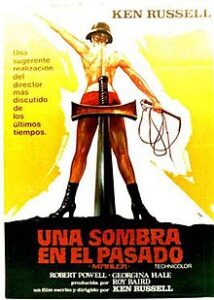
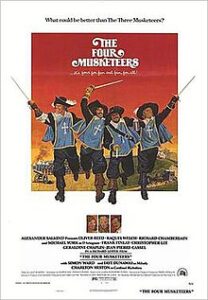
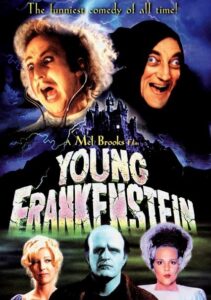
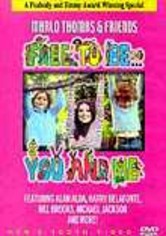
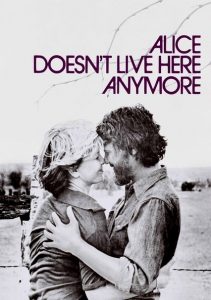
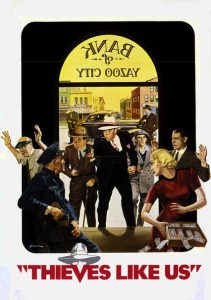

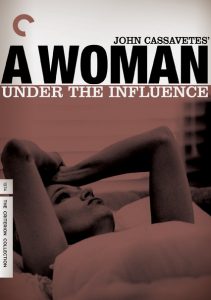
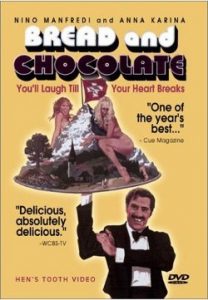
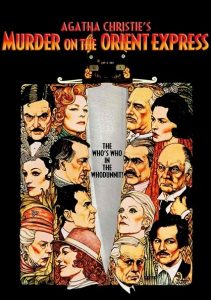
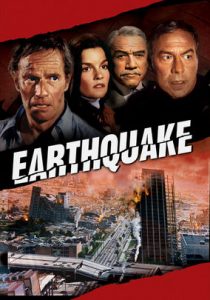
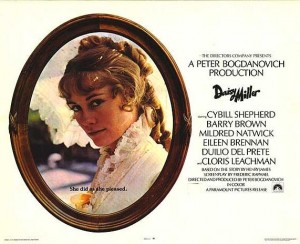
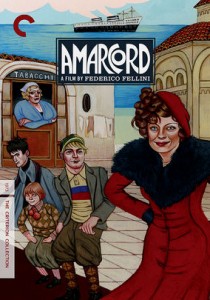
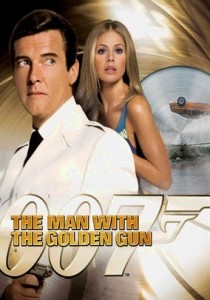
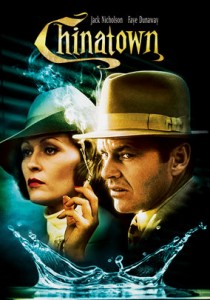
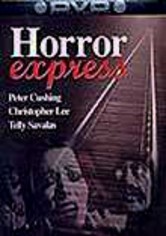
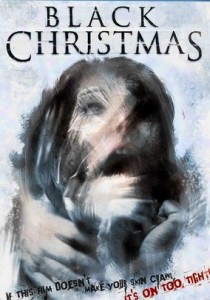
![220px-Madhouseposter[1]](http://scottsfilmreviews.com/wp-content/uploads/2015/04/220px-Madhouseposter1-196x300.jpg)
